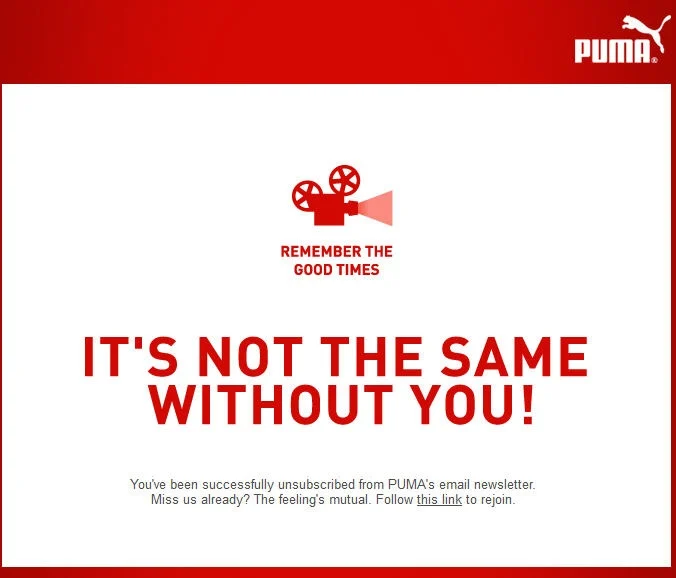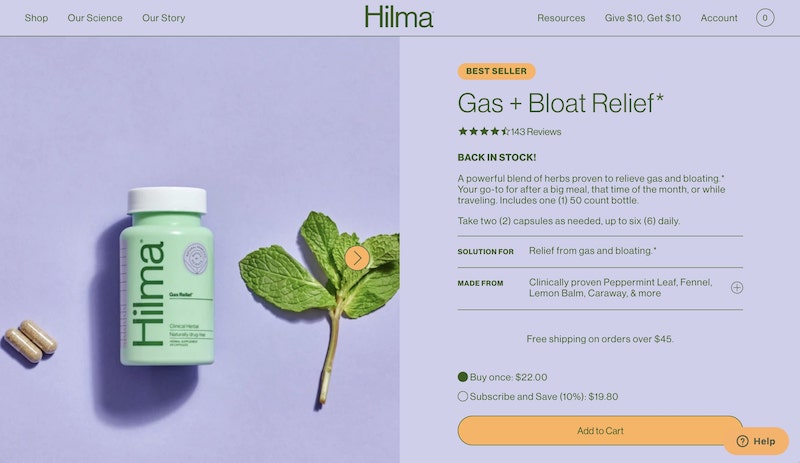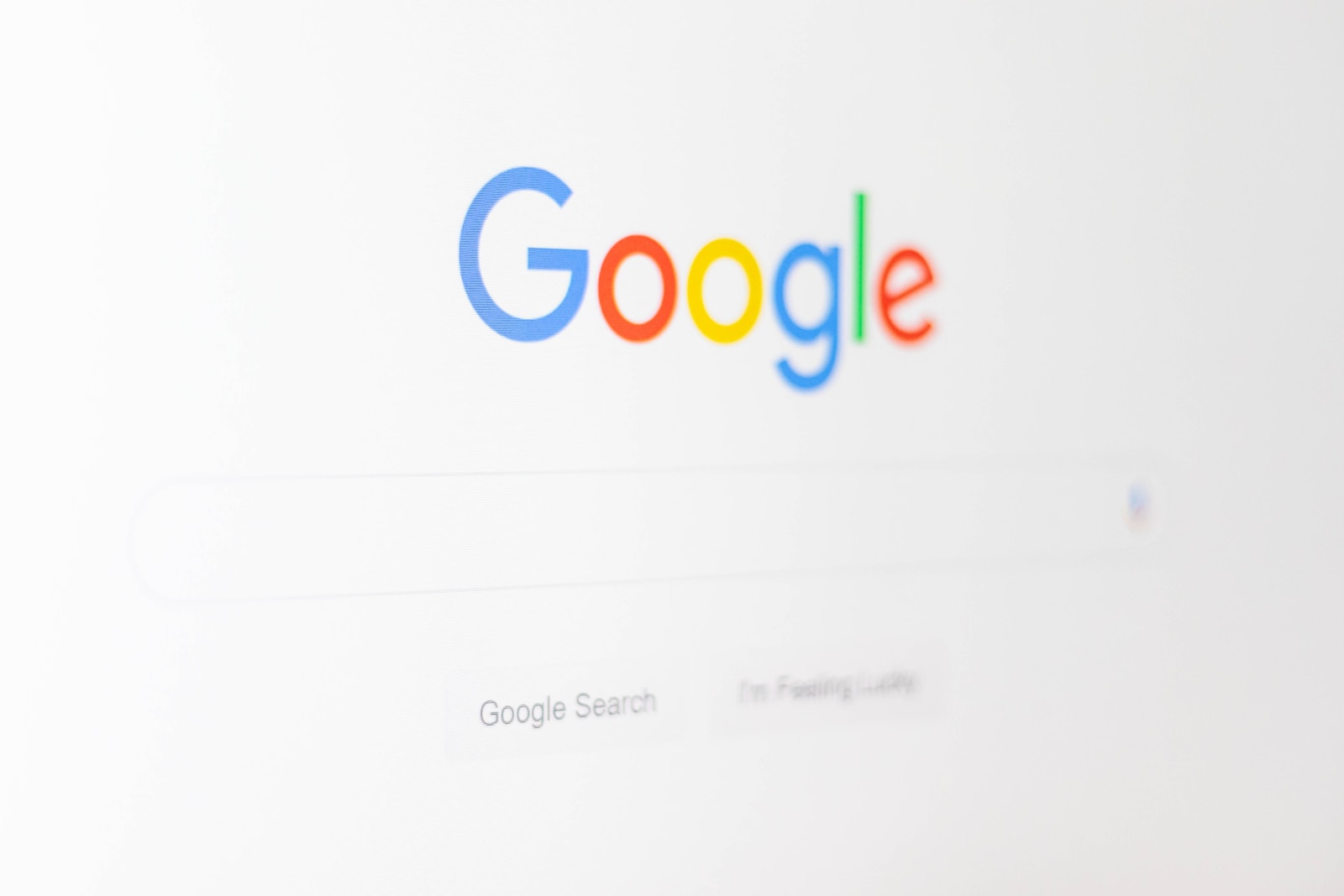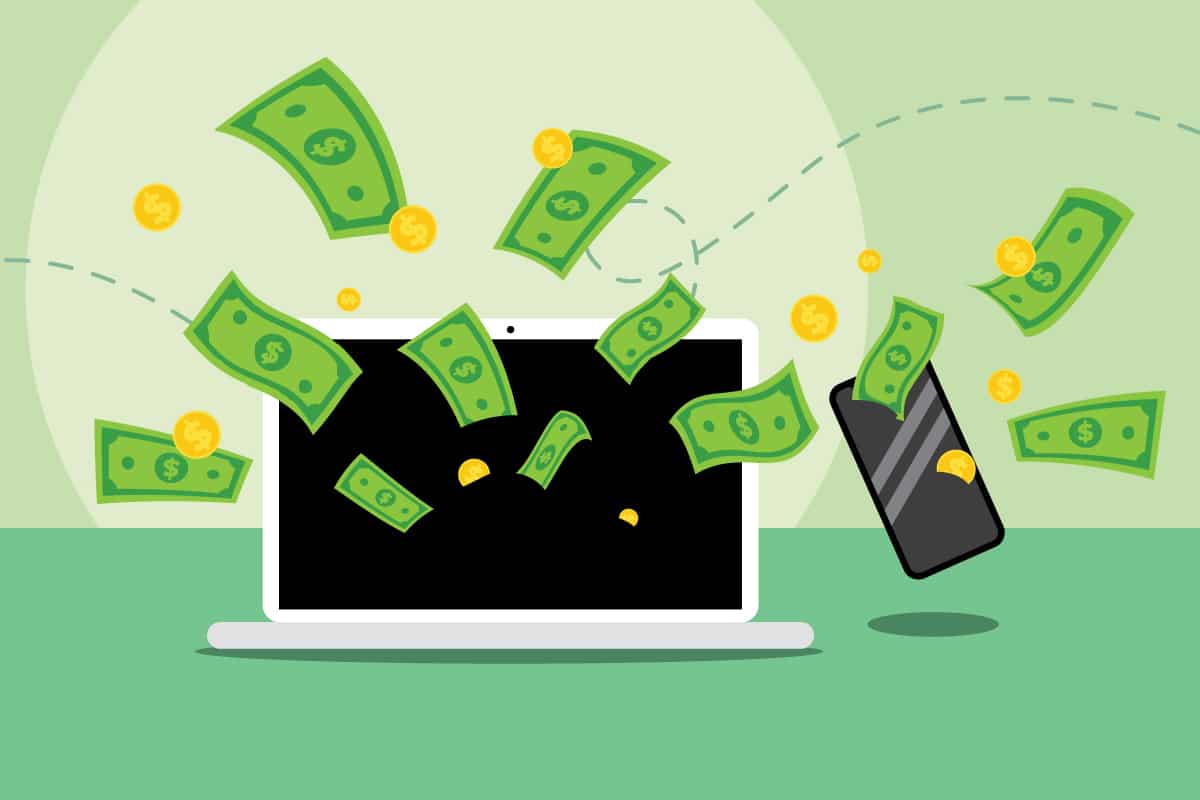Landing pages are types of pages that have a single purpose – to cause a specific action in the user. These are the pages that users land on when they click on various links on the internet whether on email, google search, ads, or referrals.
A landing page may have the goal of converting a visitor – to complete a purchase, subscribe, or feel a specific form. Depending on the business goals and target audience types of landing pages will vary.
The article covers 8 types of landing pages along with the strategies, specifications, and tips for marketers, content writers, and advertisers:
- Lead Capture Page
- Click-through Page
- Squeeze Page
- Splash Page
- Long-form Sales Page
- Unsubscribe Page
- Thank You Page
- Product Page
Lead Capture Landing Page
Lead capturing pages aim to gather the personal information of the visitors. These pages target people who are willing to exchange their information for some kind of benefit. For example, free eBook downloading pages in exchange for contact information are perfect examples of lead-capturing types of landing pages.
Such pages need to look reliable and trustworthy for visitors. Many users are careful with leaving their personal data on unknown websites, especially if they do not feel secure. Also, make sure that you let visitors know why you need their data – is it to send promotional emails later? Do you intend to contact them and offer your services?


Most suitable lead capture pages:
- Free eBooks
- Webinars
- Whitepapers
- Guides
- Free templates
You can offer any of the above-listed services to users in exchange for their name, surname, email address, and phone number. Additionally, you can ask for their occupation (profession), the social media they use, or other types of information based on the marketing campaign goals.
Lead capture types of landing pages are useful for:
- Email lists
- Inbound Marketing
- Digital marketing research
- Surveys
- Prospecting clients
Click-through Landing Page
A Click-through page is a transactional landing page where users get one step closer to making a purchase. These pages have the purpose of prompting the visitors to try the product or service not necessarily by immediately paying for it. For instance, pages that offer discounts, free trials, and coupon codes are examples of click-through landing pages.
Marketers and copywriters should carefully design click-through pages and make the message clear. Users should not feel forced to buy the product, they must understand that the page instead offers a benefit.


Most suitable click-through pages:
- Free trials
- Discounts
- Coupon codes
- Complimentary products
- Free Consultation
The benefits offered on click-through landing pages must be compelling, conveying a clear message and assuring users they are not getting lured into something they don’t want to do.
Click-through types of landing pages are useful for:
- Lead generation
- Preparing the users for the upcoming purchase
- Getting customer feedback
Squeeze Landing Page
A squeeze page is a page that intends to get the user’s email address. It is often the only contact information that these pages target. While this landing page type is very similar to the lead capture page, it has a different purpose. Lead capture pages collect user information for various marketing purposes, campaigns, and research goals. Whereas the squeeze landing page frequently has a single use – email marketing.


Most suitable squeeze pages:
- Alerts
- Free reports
- Participation in Promotions
- Future offers
Squeeze landing pages incorporate effective copy, visual media, and CTA buttons. The text on the landing page must be very laconic and informative – providing enough incentives for visitors to leave their email addresses.
Squeeze landing pages are useful for:
- Email lists
- Lead generation
- Email marketing
Splash Landing Page
Splash is an introductory or welcoming page that appears temporarily on the visitor’s screen. It is usually an intermediary stage before the user reaches their target page. Splash pages intend to attract visitors’ attention and present them with information about the website, new products, upcoming events, or promotions.


These pages usually avoid asking for contact information and do not urge visitors to complete a purchase/action. In some cases, splash pages ask for language preferences or age.
Most suitable splash pages:
- Announcements
- Brand Introduction
- Advertisement of new product/service
- Cookie consent
In some cases, marketers may use ads on splash pages. It is a great tool for ad engagement if users click on the splash page content.
Splash pages are useful for:
- User Engagement
- Brand awareness
- Advertisement
Long-form Sales Page
As the name suggests, long-form types of landing pages are aimed at converting visitors and completing sales. It is an extensive page with a lot of content that is centered around a customer’s buyer process. The pages include everything from introducing and describing the product to sales techniques for closing the deal.


Long-form sales pages are one of the most difficult pages for marketers as they target the most challenging goal – a user making a purchase. These pages are rich in elements like FAQ sections, bold CTAs, tables, reviews and customer feedback, benefits, discount codes and promotions, and many more.
Most suitable long-form sales pages include:
- Video introduction/commercial
- Product/service features and benefits
- FAQ section
- Customer reviews & star ratings
- Promotions & discount codes
The primary challenge for creating an effective long-form sales page is user-centric content that understands the buying process. A visitor first needs to collect information about the product/service, then analyze its benefits and necessities, then consider the price and value of the product, and finally decide if they want to buy it. An effective long-form sales page follows the buyer’s journey at every step and provides reassurance and required information along the way.
Marketers use long-form sales pages for:
- Selling the product/service
- Subscription plans
- Free trials / money-back plans
Unsubscribe Landing Page
Unsubscribe landing pages are the final points of contact for your user with your brand communication. At this stage, visitors no longer want to receive any emails from you. It is a very significant process for marketers as this stage is either a goodbye or an opportunity to retain a potential customer and improve the relationship.


Many websites cleverly use unsubscribe landing pages to better understand users’ concerns. Instead of simply exchanging farewells, these pages offer alternative options that still maintain the clients. For example, an unsubscribe landing page may include several choices, such as, “get fewer emails”, “get personal emails only”, “receive emails about promotions only”, or “get emails weekly”.
The most suitable strategies for unsubscribe landing pages are:
- Offer less frequent email communication
- Propose to change email preferences
- Promise to send only very important emails
- Give users a choice to customize their email preferences
- Give them extra benefits to stay (like discounts, promo codes, free eBooks, etc)
If the client has subscribed to your email in the past, it means they had a reason for it. But now they are disappointed – they did not receive what they wanted, they got annoyed or simply lost interest. Understanding the reason behind it can help you improve your communication strategy. So even if your customer still unsubscribes, make sure you ask questions to find out more about the reasons they’re leaving.
Marketers can use unsubscribe landing pages for:
- Improving email communication
- Retaining customer base
- Understanding the reasons for customer turnover
Thank You Landing Page
Thank you types of landing pages are confirmation pages that appear after your customer completes an action (buys an item, subscribes to a plan, fills out the form, downloads your book, etc). At this point, many believe that the communication is over. In reality, this is an opportunity to deepen your relationship with an already-interested client.
Marketing specialists know the value of delighting a customer who already invested in your business. This is a person who decided to try your product and trust you. At this stage, you can reward your client or offer additional benefits, such as complimentary products, discounts for the next purchase, membership points, etc.


Effective strategies for thank you landing page:
- “You’ve unlocked a new item”
- “People also bought this”
- “Promo code for your next purchase”
- “Additional membership points”
Thank you pages serve an important purpose in digital marketing – to express gratitude, appreciate the customer, and cause more interest in your product or services.
Thank You pages are useful for:
- Improving customer relationship
- Increasing customer engagement rates
- Encouraging more sales
- Incentivizing conversions
Product Landing Page
Websites can have many different types of landing pages. We encounter product pages usually with e-commerce websites, galleries, or enterprises that provide multiple services. Product and service pages have similar marketing anatomy. They talk about product features, testimonials, and social proofs.
Product landing pages introduce the product and explain the benefits of buying it. Similar to long-form sales pages, these page categories need to provide all the information necessary for making a purchase. Content writers and marketers must make sure that customers don’t need to go to external websites to read reviews or find more information about the product or service.


Tips for product landing pages:
- Introduce the product
- List the benefits of the product
- Compare to similar products (if available)
- Offer discounts or promotions
- Provide user reviews and social proof
These pages are crucial for all businesses that sell their products/services online. They are important for a few reasons:
- Increasing product visibility
- Boosting conversion rates
- Improves search engine visibility
- Enhances customer engagement





















Leave a Reply
View Comments